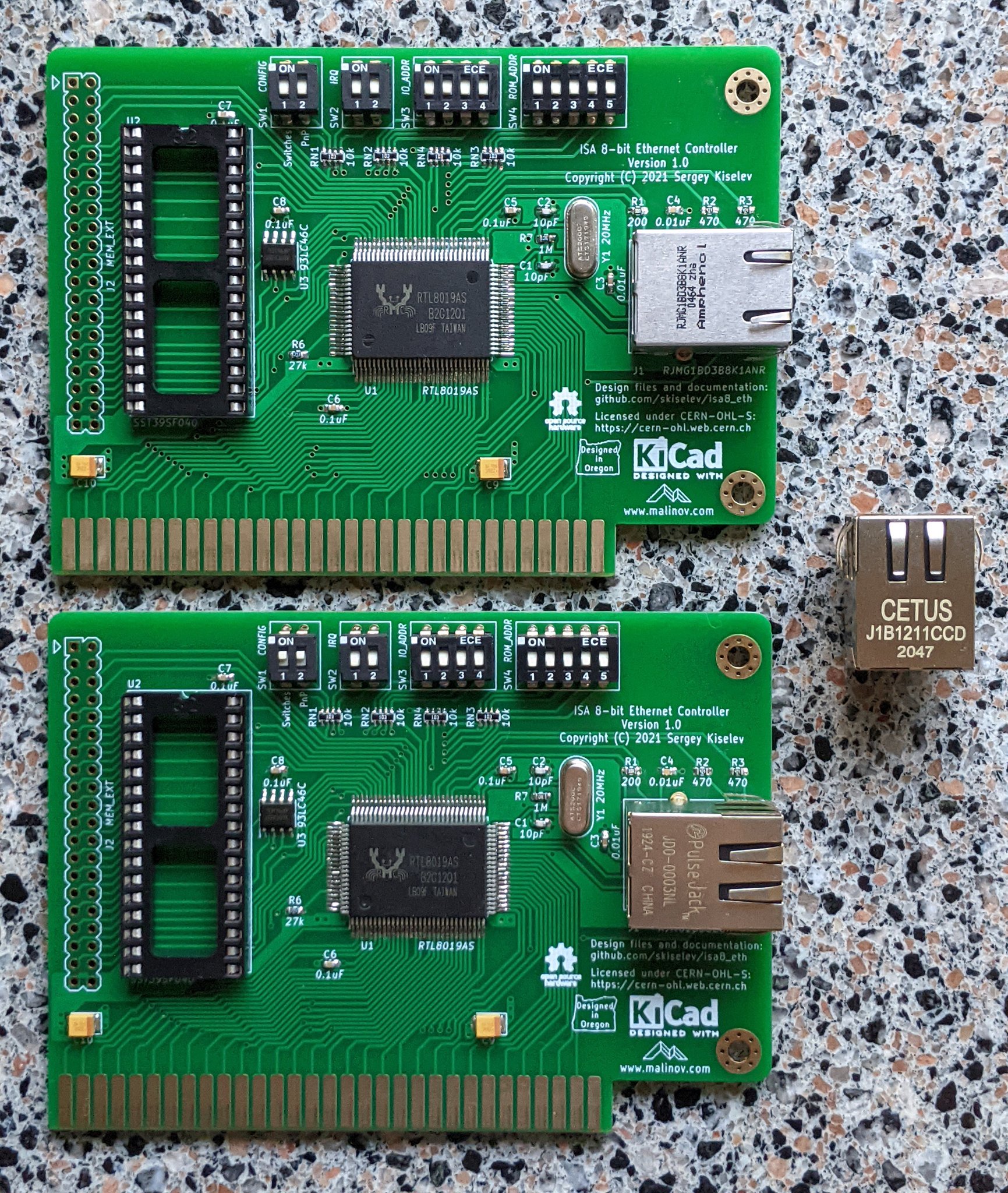First post, by jarreboum
A lot of discussion have been about sound, making
new improved clone cards, creating new designs to combine sound outputs, writing new universal drivers, etc. Video has a few new creations too, albeit fewer.
But what about networking? From what I'm seeing, ISA network cards are plenty, but most are thin ethernet (coax), and every design seems to need its own proprietary driver that can be difficult to find.
The one thing that I know of that came around in the last few years was the serial WiFi modem based on the ESP8266. Though it is external and needs an external power source. Are there ISA recreation projects that I missed? Or work on generic drivers?
